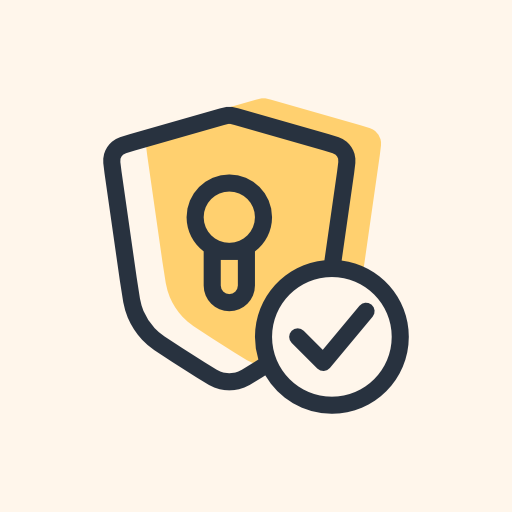oranki
A.k.a @[email protected], @[email protected]
- 1 Post
- 7 Comments

 1·6 months ago
1·6 months agoKeep at it! The learning curve is not a straight line, just like with any skill. You’ll see fast progress, just to be followed by a long plateau of no progress or even feel you’re getting worse. And then you notice possibly big improvement again. And again.
Don’t worry about following sheets/chords initially. If chords are not in your muscle memory, you’re basically doing three complex tasks simultaneously, reading, figuring out chords and fingering chords. I’d try to memorize one or two simple pieces first, to get the chords under your belt. Start simple and stay patient, it’ll take time.
Don’t forget the rhythm. Play on top of recordings. You can be pretty liberal with the harmonics, but if you keep a steady beat it’ll probably still sound good.

 15·1 year ago
15·1 year agoFlashing the stock Pixel ROM back is just as simple as flashing GrapheneOS, the instructions in GOS website are very good for both.
The only two things I can think of that might be issues are banking apps and Google Pay, if you use that. I use Play services in the main profile and honestly there’s not much difference to the stock ROM in terms of user experience. Even Android Auto works nowadays.
For the banking apps, you can have a look at https://privsec.dev/posts/android/banking-applications-compatibility-with-grapheneos/. Just note that if your bank is not on the list, it doesn’t necessarily mean it wont work.
Portability is the key for me, because I tend to switch things around a lot. Containers generally isolate the persistent data from the runtime really well.
Docker is not the only, or even the best way IMO to run containers. If I was providing services for customers, I would definetly build most container images daily in some automated way. Well, I do it already for quite a few.
The mess is only a mess if you don’t really understand what you’re doing, same goes for traditional services.
Most likely, a Hetzner storage box is going to be so slow you will regret it. I would just bite the bullet and upgrade the storage on Contabo.
Storage in the cloud is expensive, there’s just no way around it.

 4·2 years ago
4·2 years agoThere was a good blog post about the real cost of storage, but I can’t find it now.
The gist was that to store 1TB of data somewhat reliably, you probably need at least:
- mirrored main storage 2TB
- frequent/local backup space, also at least mirrored disks 2TB + more if using a versioned backup system
- remote / cold storage backup space about the same as the frequent backups
Which amounts to something like 6TB of disk for 1TB of actual data. In real life you’d probably use some other level of RAID, at least for larger amounts so it’s perhaps not as harsh, and compression can reduce the required backup space too.
I have around 130G of data in Nextcloud, and the off-site borg repo for it is about 180G. Then there’s local backups on a mirrored HDD, with the ZFS snapshots that are not yet pruned that’s maybe 200G of raw disk space. So 130G becomes 510G in my setup.
Wireguard runs over UDP, the port is undistinguishable from closed ports for most common port scanning bots. Changing the port will obfuscate the traffic a bit. Even if someone manages to guess the port, they’ll still need to use the right key, otherwise the response is like from a wrong port - no response. Your ISP can still see that it’s Wireguard traffic if they happen to be looking, but can’t decipher the contents.
I would drop containers from the equation and just run Wireguard on the host. When issues arise, you’ll have a hard time identifying the problem when container networking is in the mix.

My biased opinion is that most people run Nextcloud on an underpowered platform, and/or they install and enable every possible addon. Many also skip some important configurations.
If you run NC on a bit more powerful machine, like a used USFF PC, with a good link to it, the experience is better than e.g. OneDrive.
Another thing is, people say “Nextcloud does too much”, but a default installation really doesn’t do much more than files. If you add every imaginable app, sure it slows down and gets buggy. Disable everything you don’t need, and the experience gets much better. You can disable even the built-in Photos app if you don’t need it.
Not saying NC is a speed daemon, but it really is OK. The desktop and mobile clients don’t get enough love, that’s true.
I’m talking about the “bare metal” installation or the community Apache/FPM container images. AIO seems to be a hot mess, and does just about everything a container shouldn’t be doing, but that’s just my opinion.